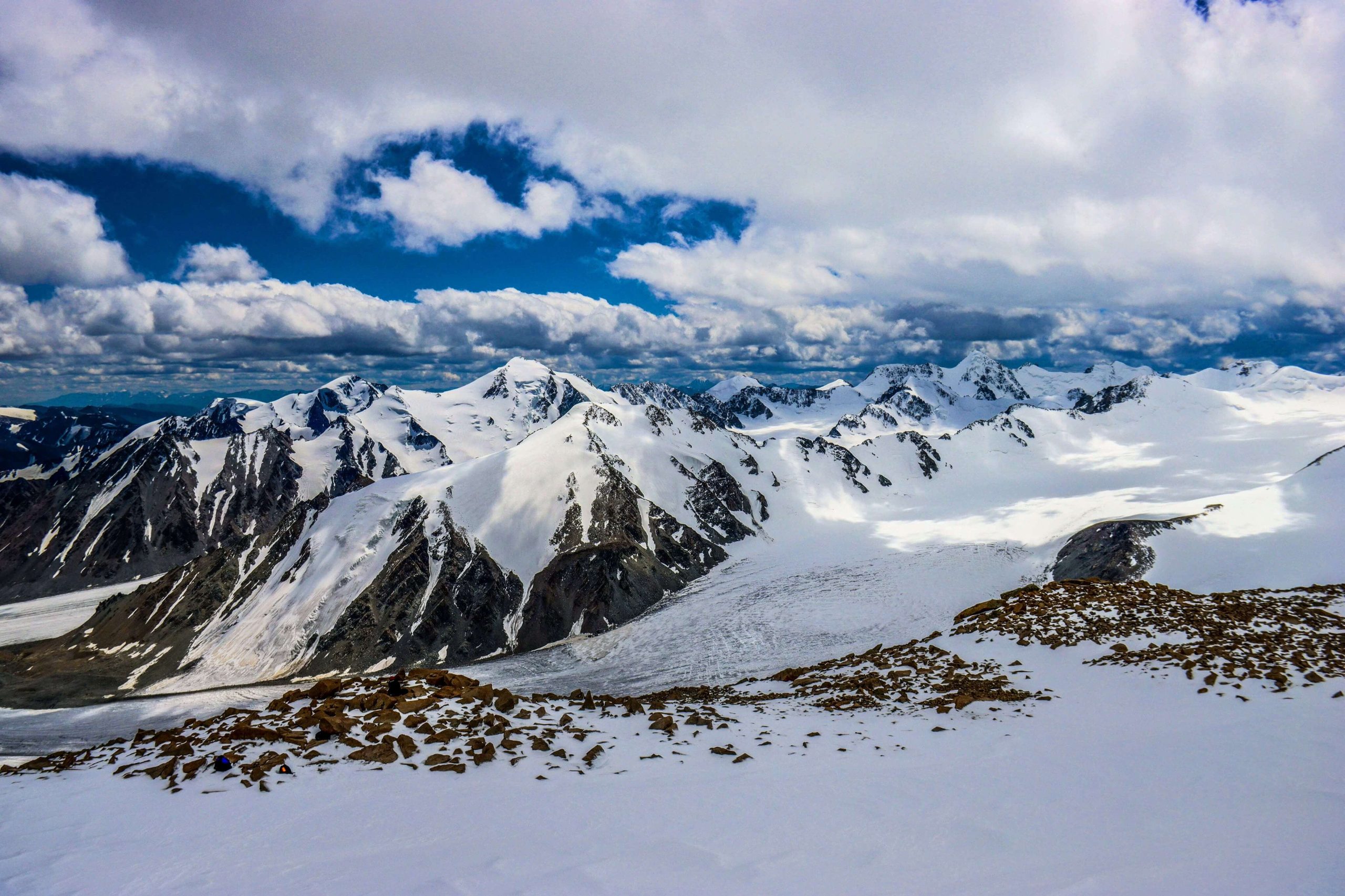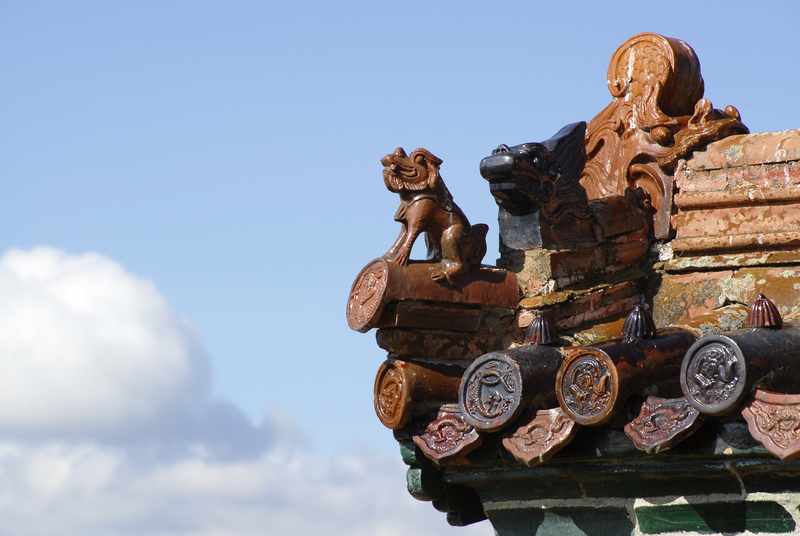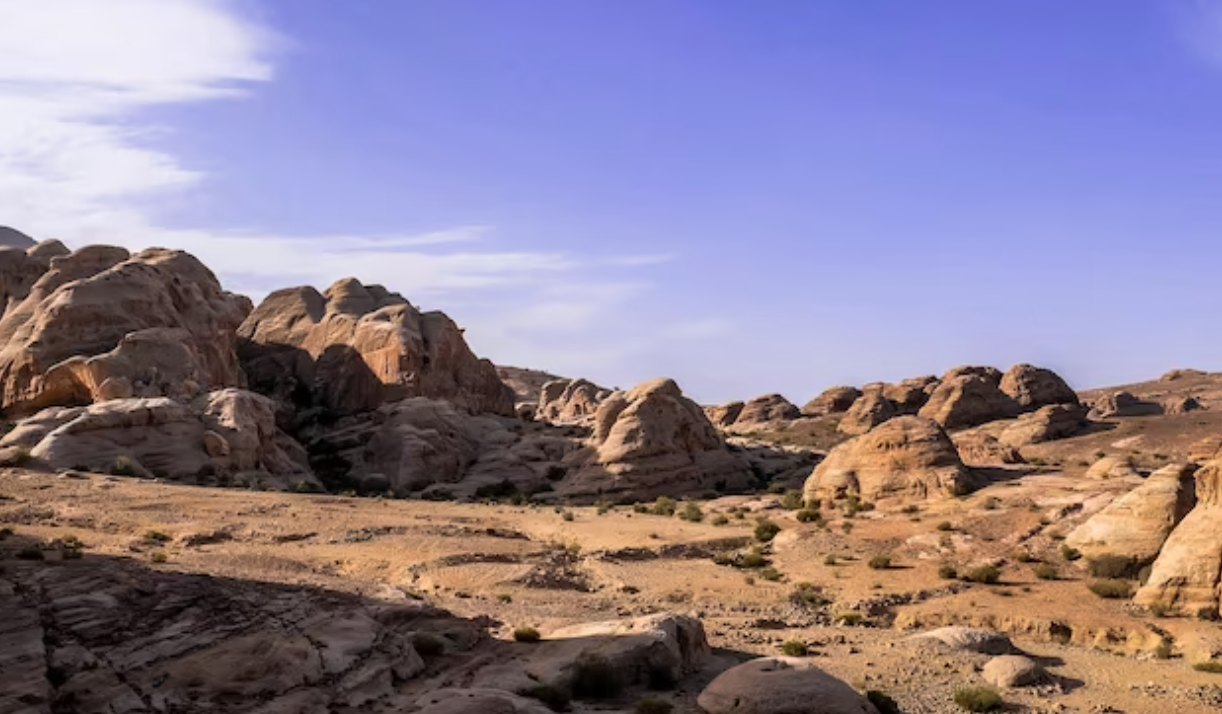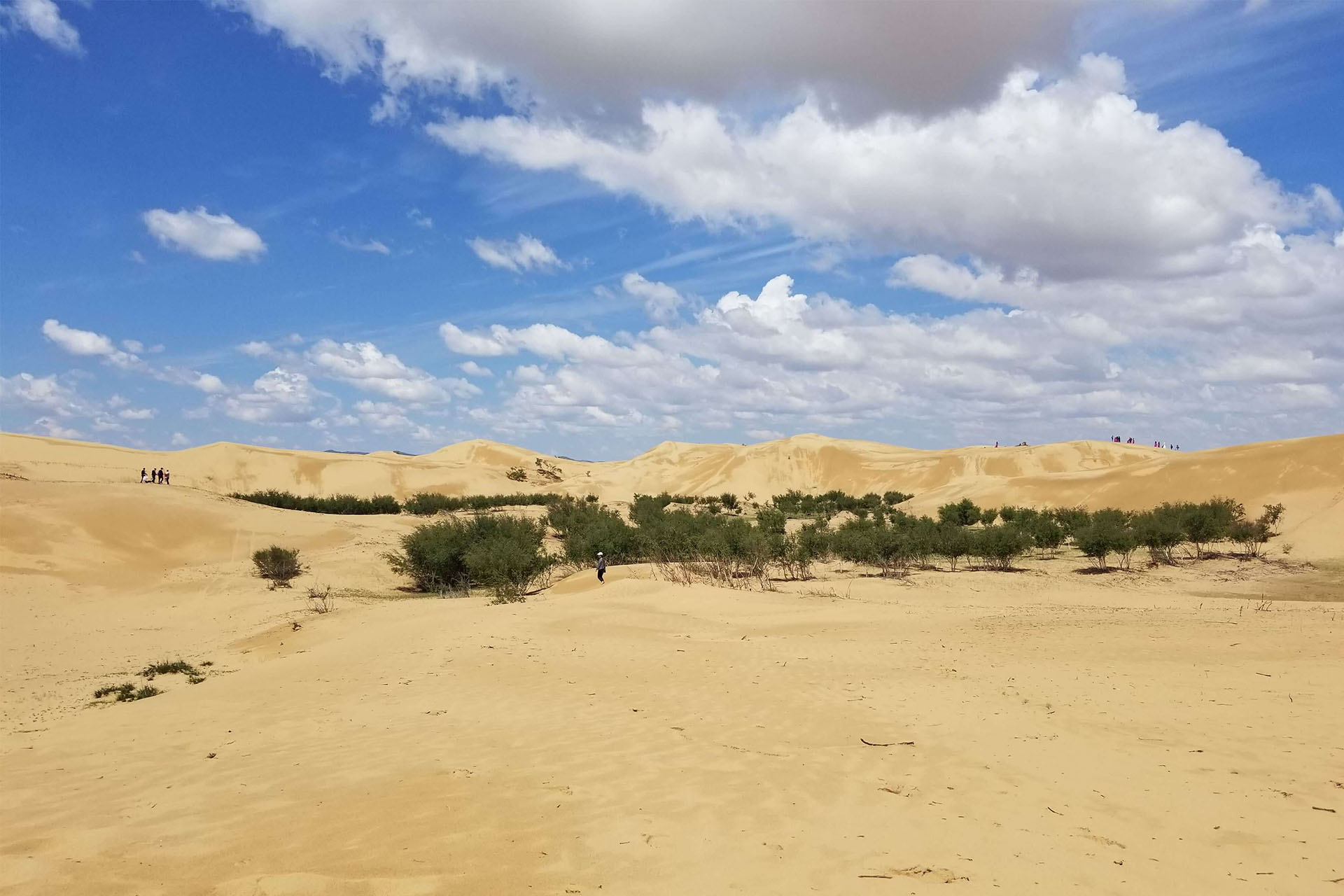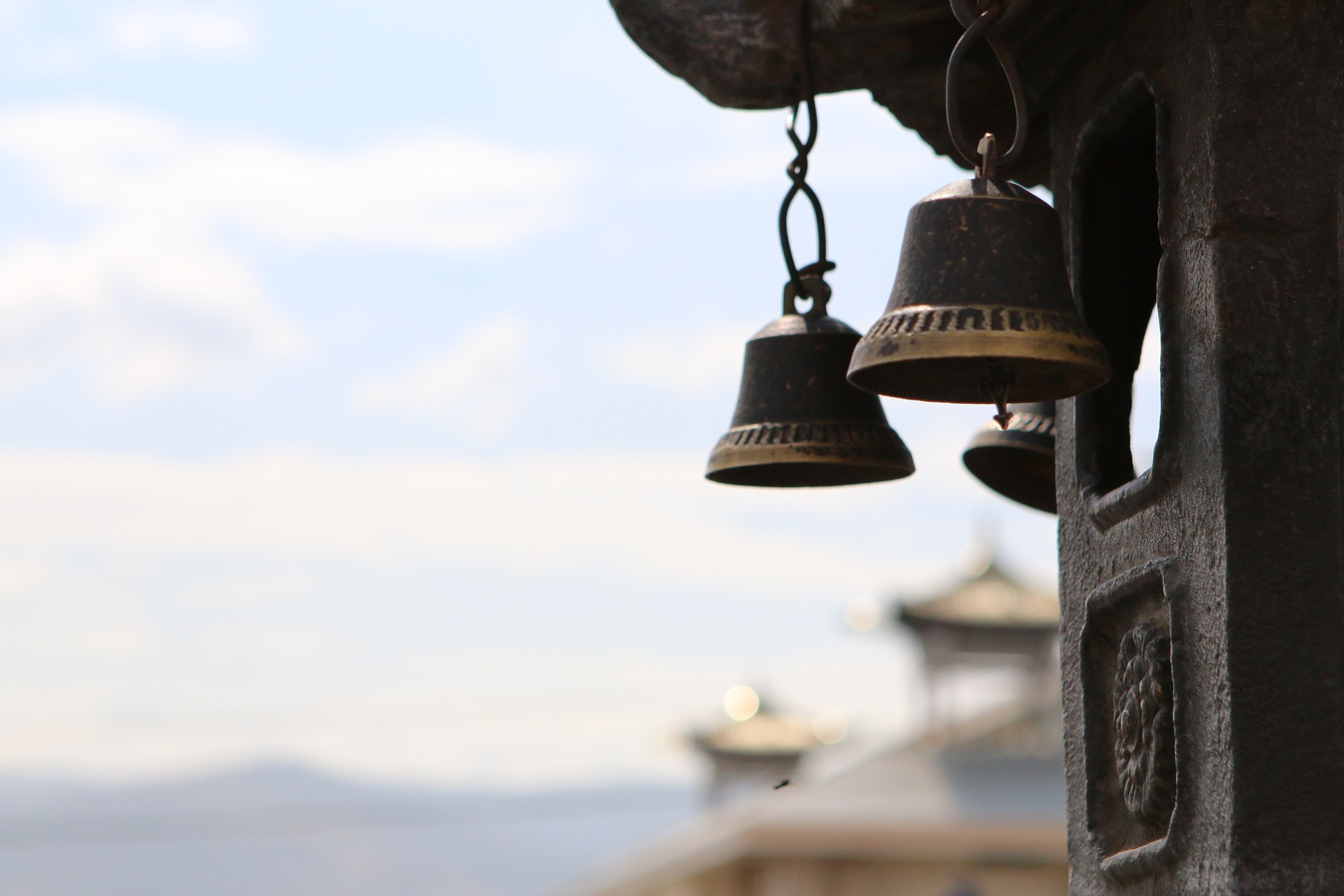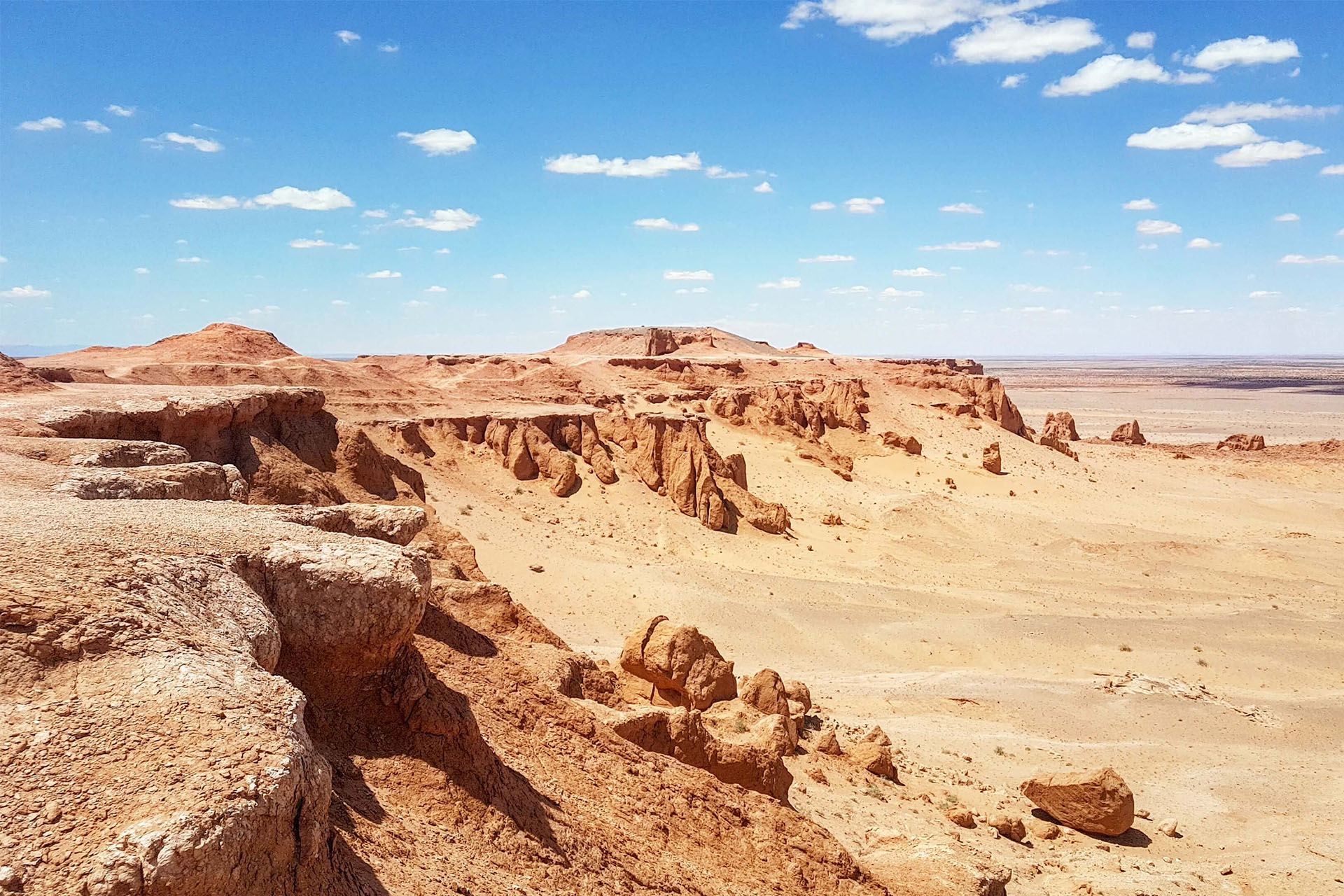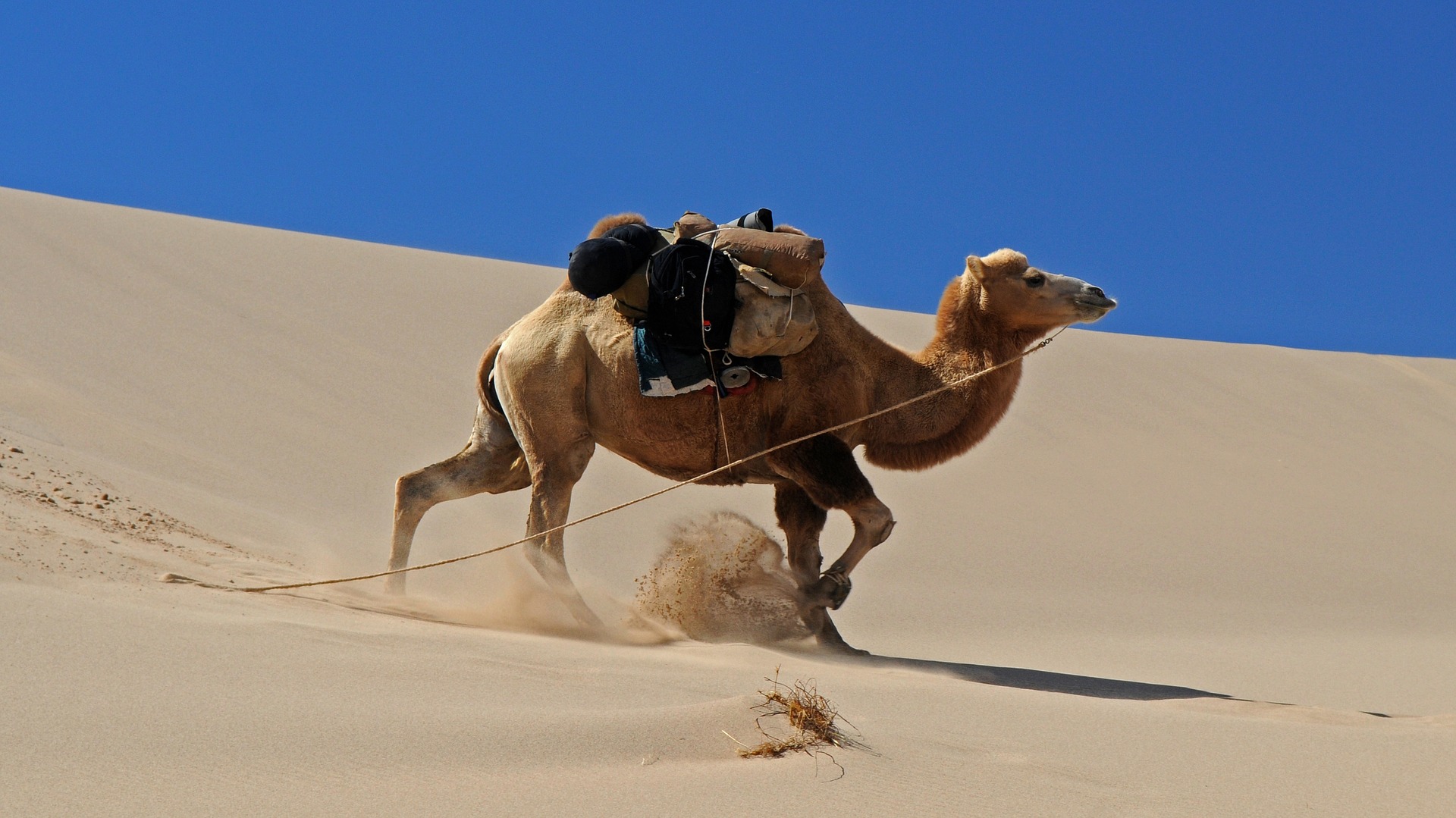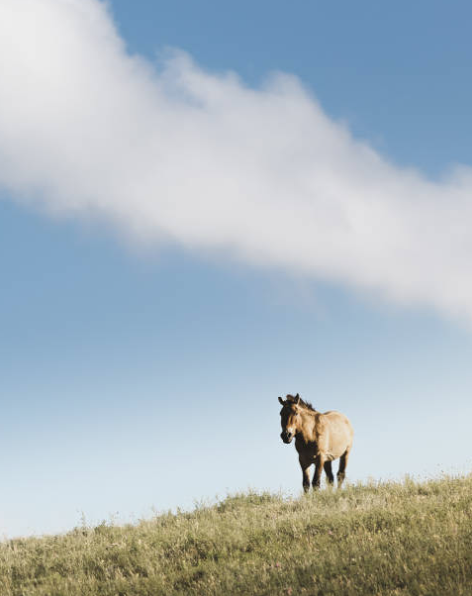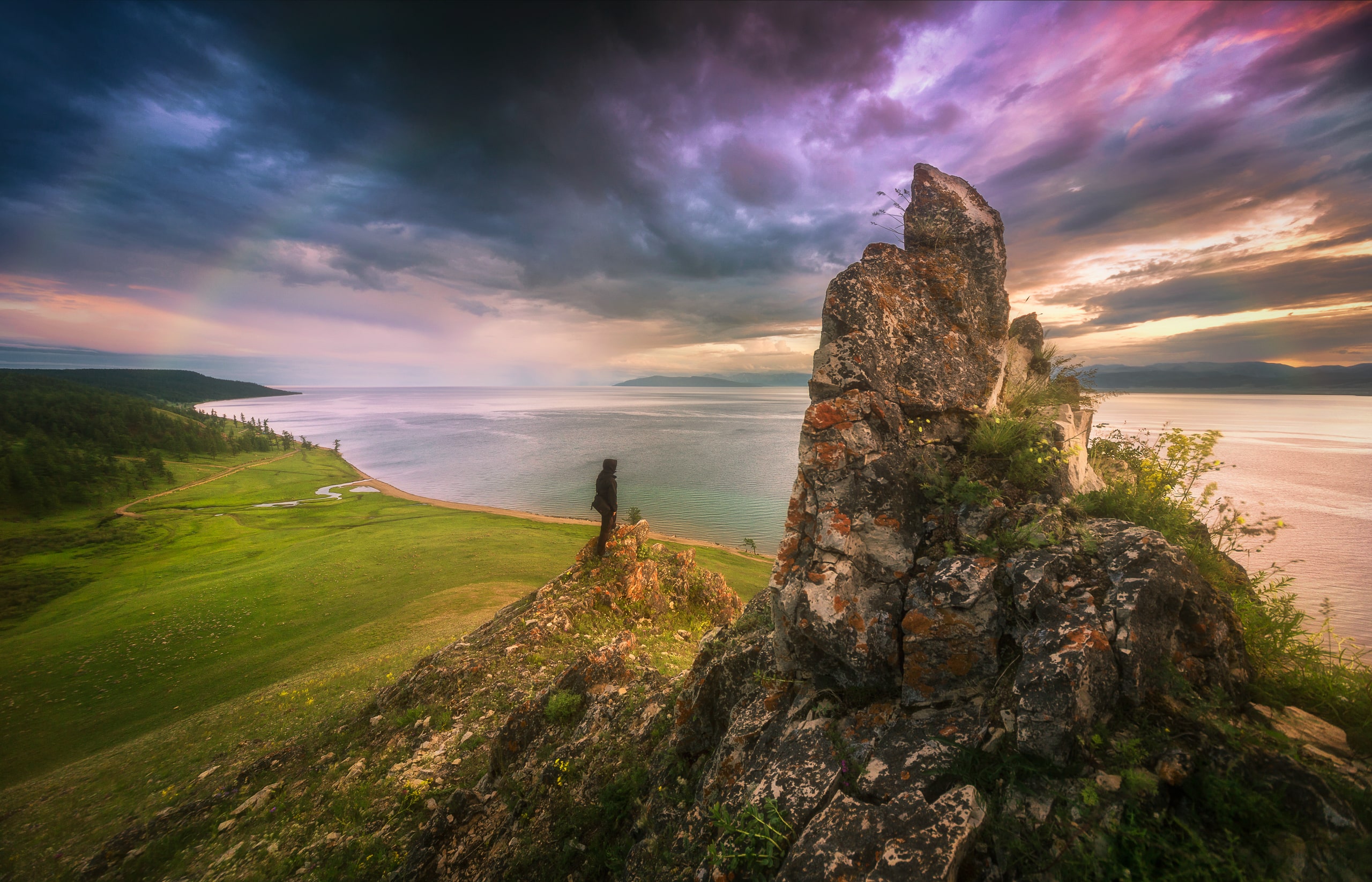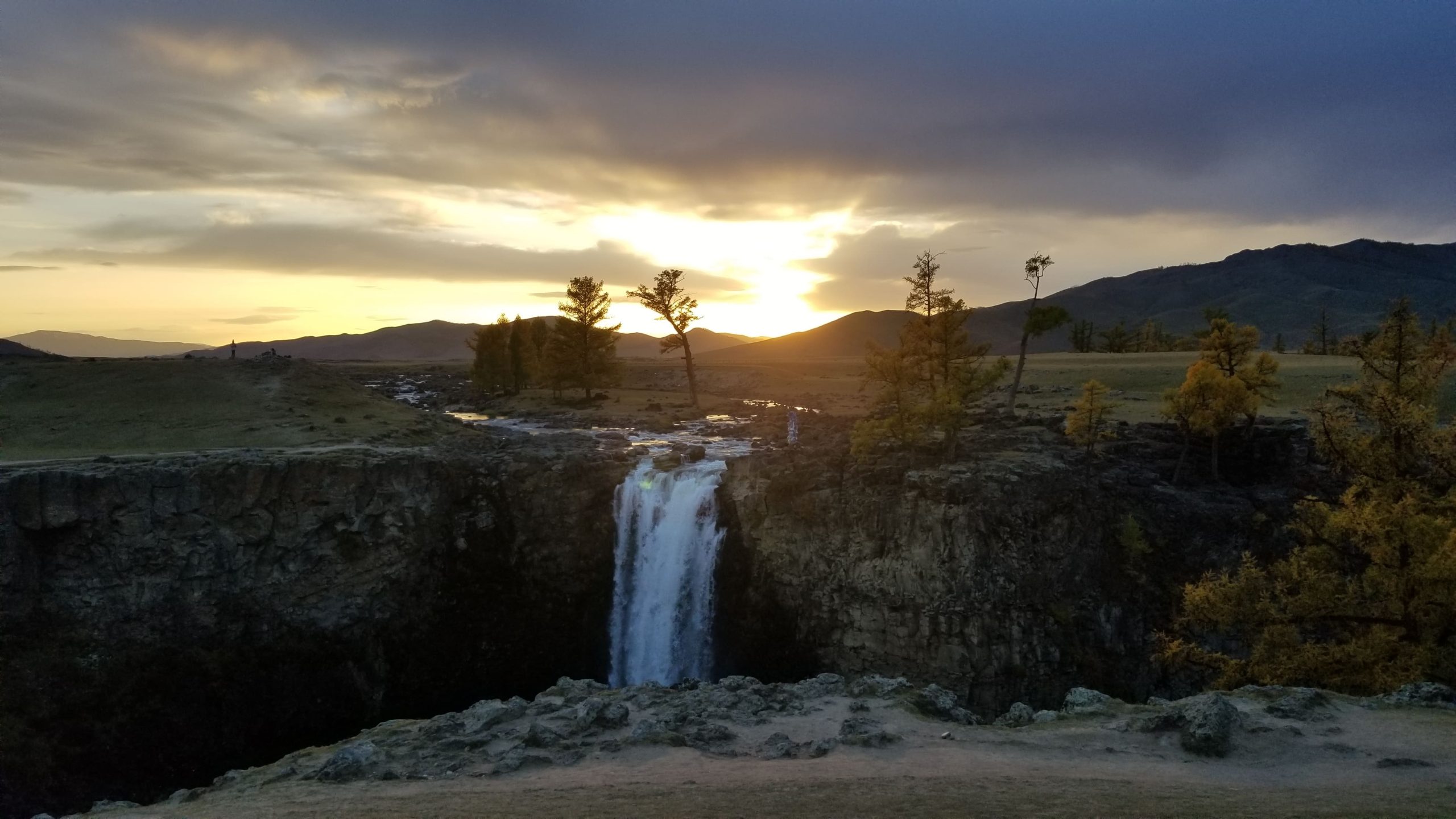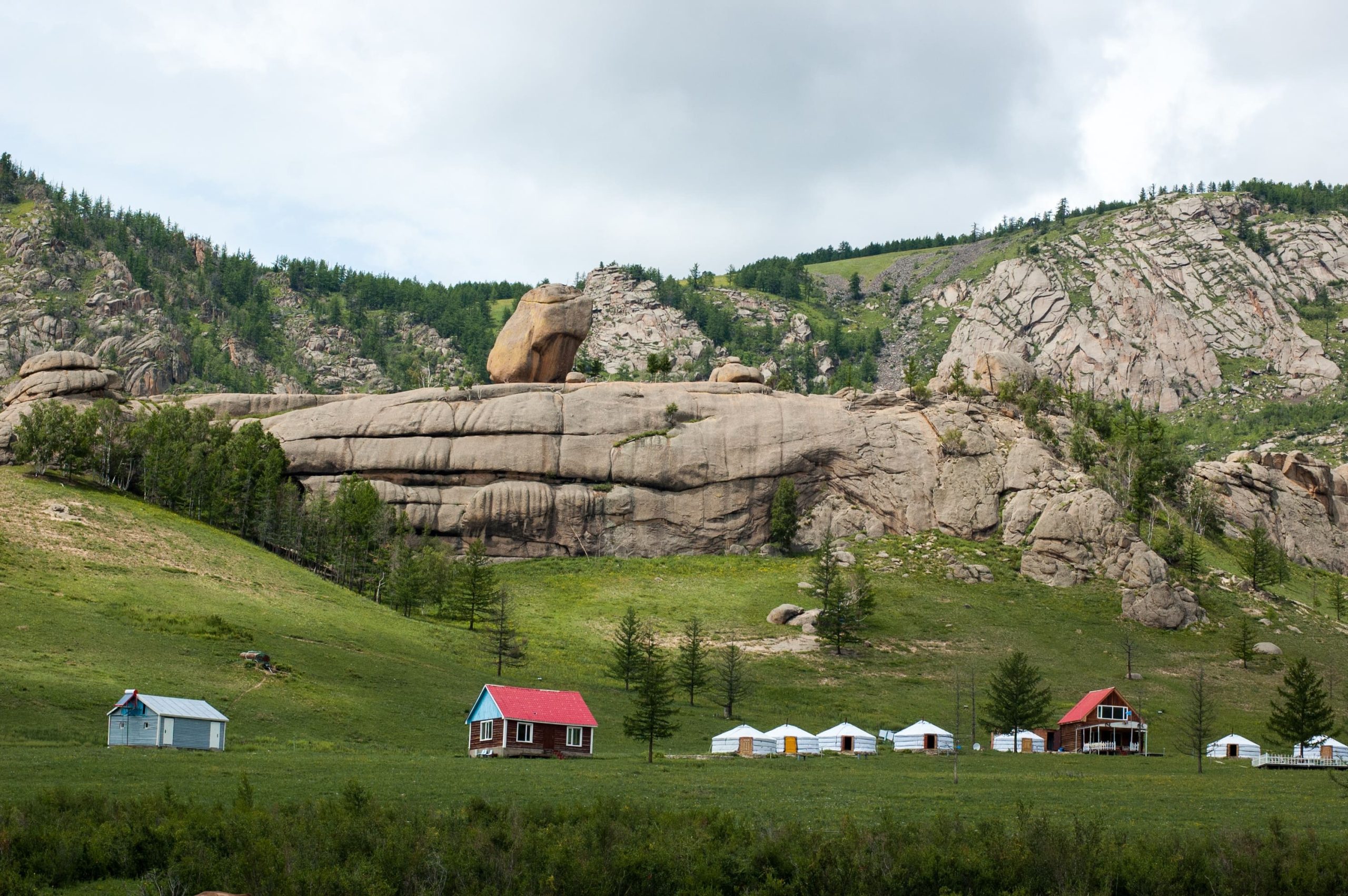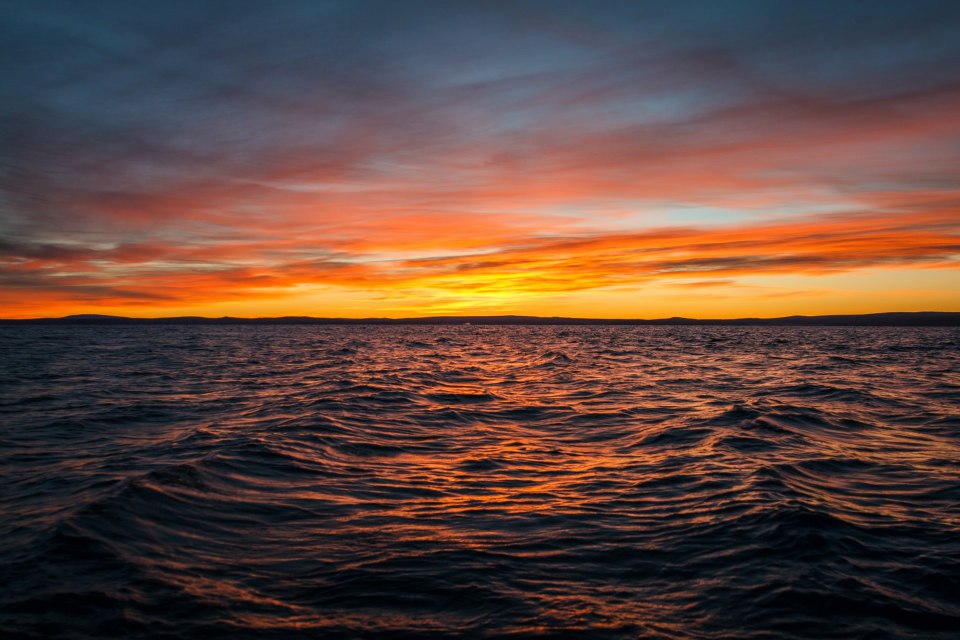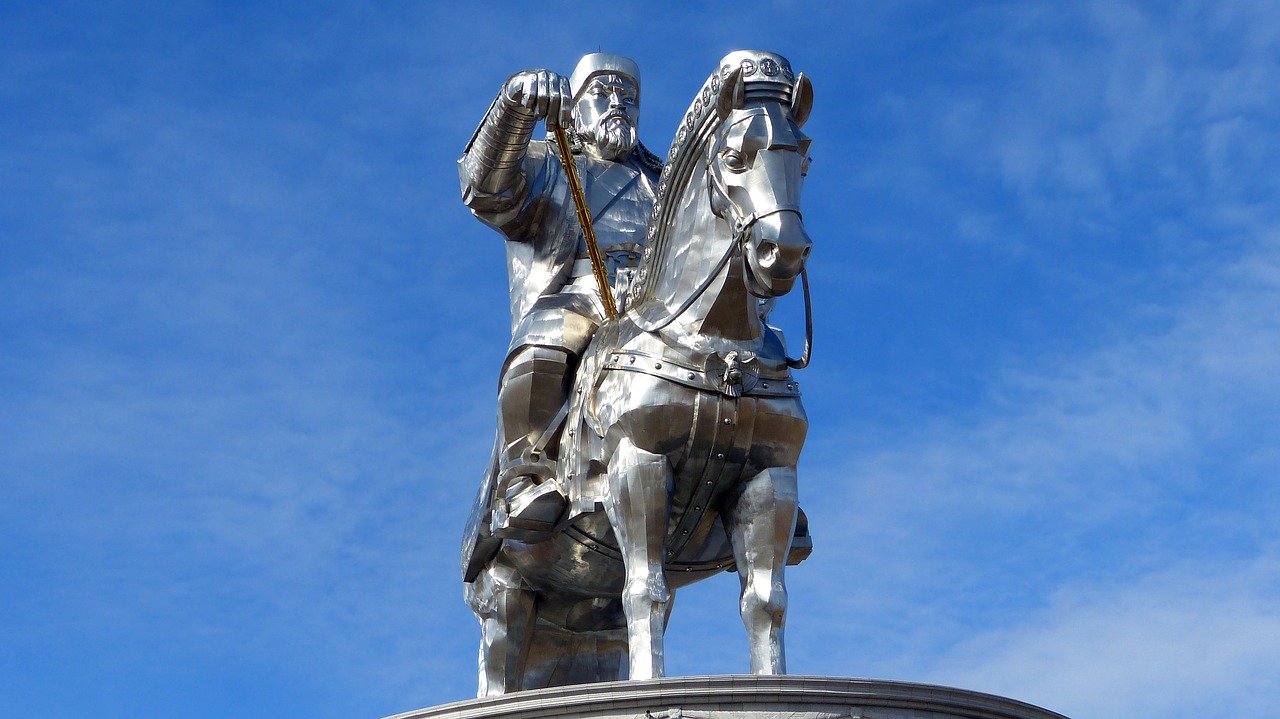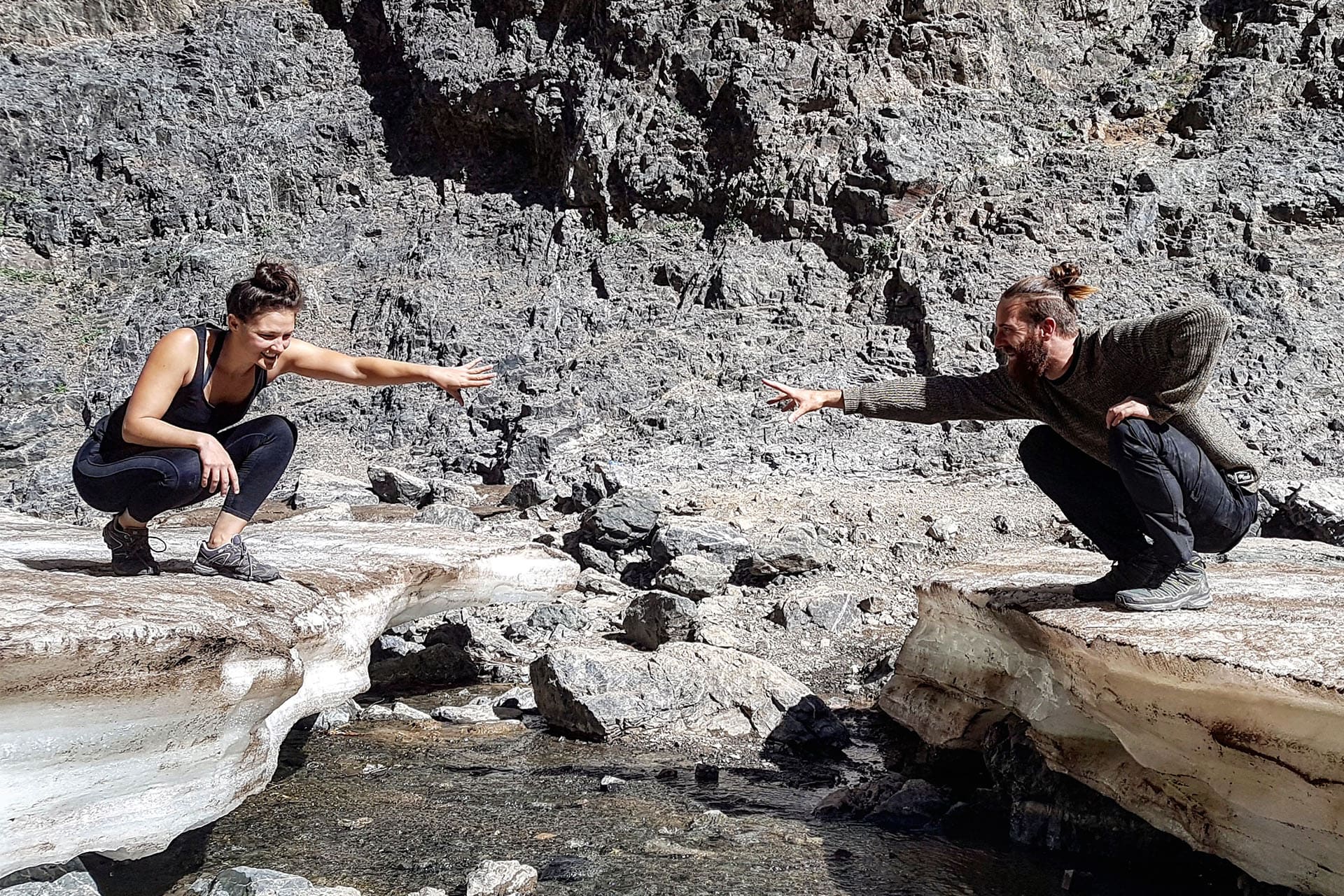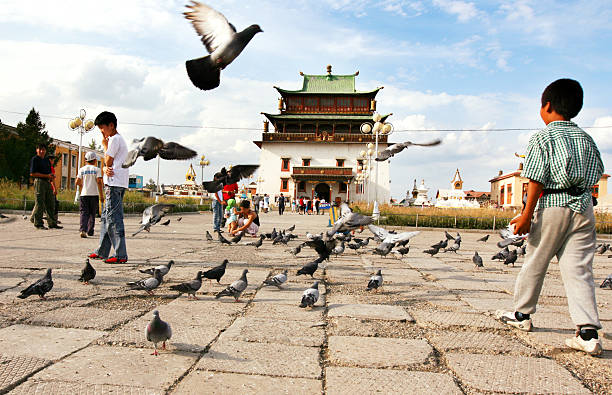Mongolia is one of the most fascinating and unique countries in the world, known for its rich history, vast landscapes, and enduring nomadic culture. Despite being one of the least densely populated countries globally, it draws travelers and adventurers with its diverse terrains, centuries-old traditions, and spectacular natural beauty. From the legendary Mongol Empire led by Genghis Khan to the vast, untamed expanses of the Gobi Desert, Mongolia offers a wealth of experiences that make it famous across the globe.
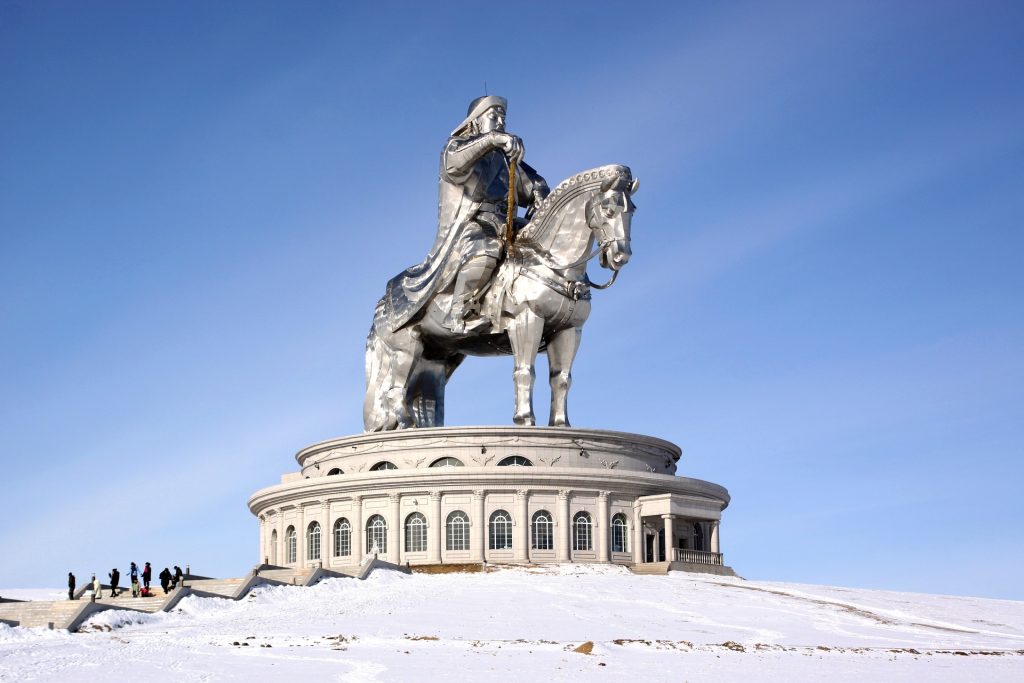
But what exactly makes Mongolia stand out? In this blog, we’ll explore why Mongolia is famous and delve into its most notable features, including its stunning cities, ancient history, and unique national identity.
Which City is the Most Beautiful in Mongolia?
While Mongolia is known for its sweeping steppes and rural landscapes, its cities also hold considerable charm. The most beautiful city in Mongolia, however, is arguably Ulaanbaatar, the capital.
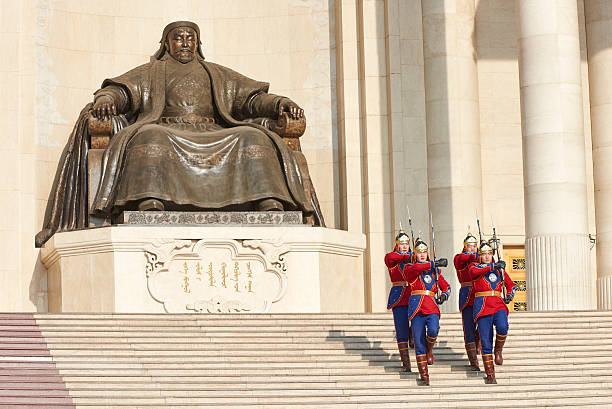
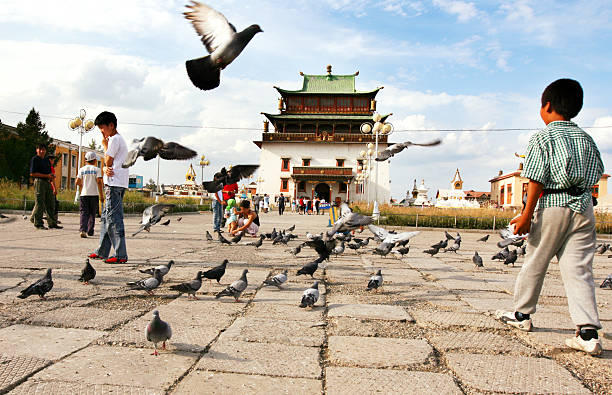
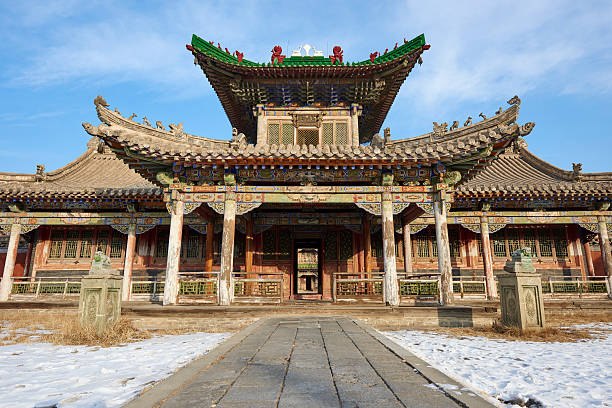
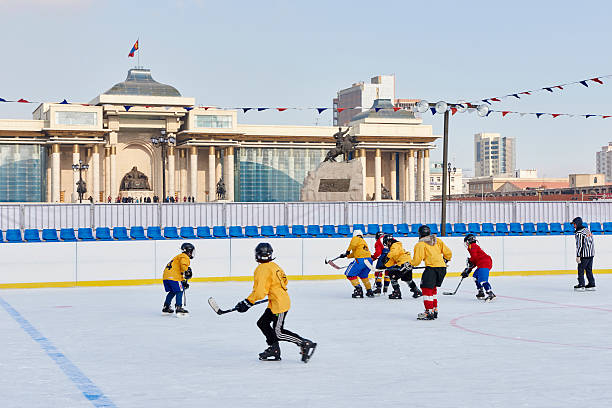
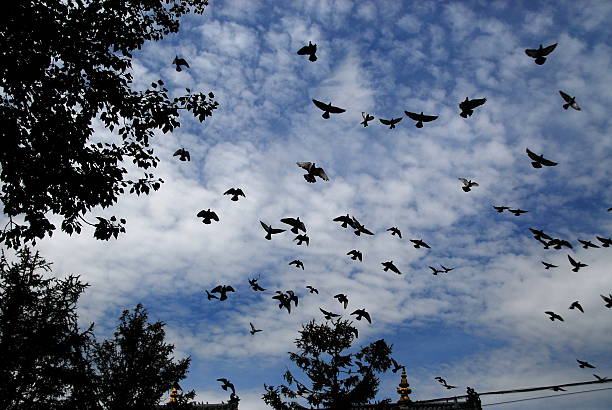
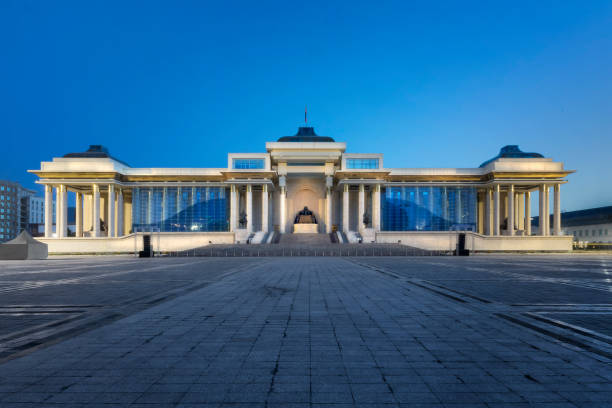
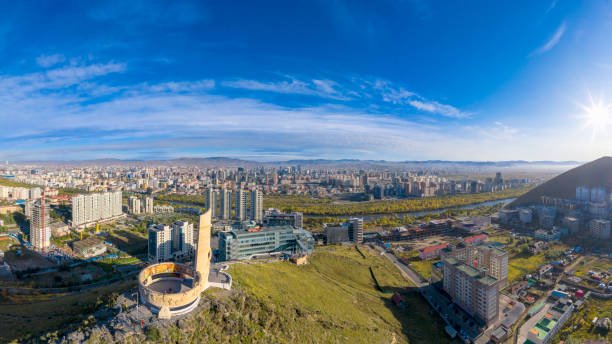
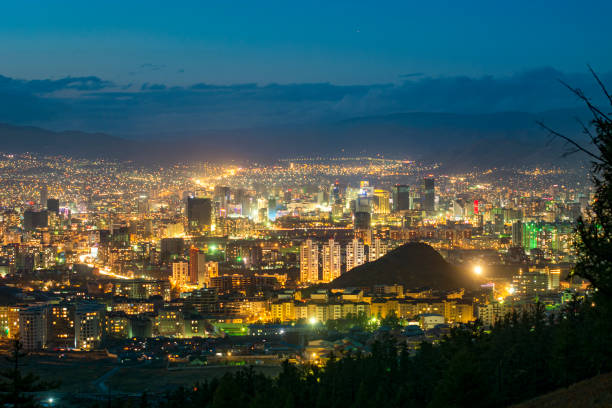
Ulaanbaatar: The Heart of Mongolia
Ulaanbaatar (often abbreviated as UB) is the largest city in Mongolia and serves as the country’s cultural, political, and economic hub. It’s a dynamic city that blends modern developments with traditional Mongolian elements, offering visitors a unique combination of history, culture, and nature.
1. Sukhbaatar Square: At the heart of Ulaanbaatar, Sukhbaatar Square is a bustling area where you can see statues of historical figures like Genghis Khan and Sukhbaatar, a national hero. The square is often a gathering place for both locals and tourists.
2. Gandan Monastery: This is one of Mongolia’s most significant Buddhist monasteries, where visitors can see monks in traditional robes, view the impressive statue of Avalokiteshvara, and immerse themselves in Mongolia’s spiritual life.
3. Vast Landscapes: Despite being a city, Ulaanbaatar is surrounded by the incredible beauty of nature, including mountains and rivers that offer breathtaking views and outdoor activities like hiking and horseback riding.
Though Ulaanbaatar is often seen as a busy urban center, its proximity to nature and its historical landmarks make it a beautiful destination in its own right. However, some might argue that Khovsgol Lake and the Gobi Desert areas, though not cities, offer some of Mongolia’s most stunning landscapes for those seeking natural beauty.
What is the Most Visited City in Mongolia?
The most visited city in Mongolia is undoubtedly Ulaanbaatar. As the capital and only major metropolitan area in the country, it sees the highest number of international and domestic tourists.
Reasons Ulaanbaatar Attracts Tourists:
– Cultural Heritage: Ulaanbaatar is home to many of the country’s most famous cultural sites, including the National Museum of Mongolia, the Winter Palace of the Bogd Khan, and the Gandantegchinlen Monastery.
– Access to Nature: Many visitors to Mongolia begin their journey in Ulaanbaatar before venturing out to explore the country’s natural wonders like the Gobi Desert, Terelj National Park, and Lake Khövsgöl.
– Festivals and Events: Ulaanbaatar is the center of major national festivals, including the Naadam Festival, a vibrant celebration of Mongolian culture featuring wrestling, archery, and horse racing.
– Shopping and Markets: The city has bustling markets, including the Naran Tuul Market (also known as the Black Market), where travelers can purchase everything from Mongolian cashmere to traditional handicrafts.
With its blend of history, culture, and modern conveniences, Ulaanbaatar remains the most accessible and popular city for tourists visiting Mongolia.
How Old is Mongolia?
Mongolia’s history dates back thousands of years, with its origins as a nomadic culture deeply intertwined with the great empires that have risen and fallen over the centuries. The modern state of Mongolia, however, was officially founded in 1206, when Genghis Khan united the Mongol tribes and established the Mongol Empire, which became the largest contiguous empire in history.
Before the rise of Genghis Khan, the Mongol people had already existed as a distinct nomadic group for centuries, with early Mongolic-speaking peoples forming part of the broader Turkic and Mongolic tribes in Central Asia. The Mongol Empire, under Genghis Khan and his descendants, dominated much of Asia and even extended into Europe during its height in the 13th century.
After the fall of the Mongol Empire, Mongolia went through periods of rule by China and Russia. It wasn’t until 1921 that Mongolia declared independence, and it officially became the People’s Republic of Mongolia in 1924, aligning itself with socialist ideologies under Soviet influence. In 1990, Mongolia transitioned to a multi-party democracy, marking the beginning of its modern political era.
In terms of civilization, Mongolia’s roots can be traced back over 2,000 years, making it one of the oldest and most historically rich regions in Central Asia.
What Kind of Country is Mongolia?
Mongolia is a landlocked, semi-presidential republic located in Central Asia. It is bordered by Russia to the north and China to the south. Despite its relatively small population of around 3.5 million people, Mongolia is the 18th largest country in the world by land area, covering more than 1.5 million square kilometers (roughly 600,000 square miles).
Must know facts about Mongolia:
1. Nomadic Culture: Mongolia is renowned for its nomadic traditions, with around 30% of the population still living a nomadic lifestyle. This means they move with the seasons, herding livestock such as sheep, goats, camels, and horses.
2. Vast Landscapes: Mongolia’s landscape is one of the most diverse in the world. It includes the Gobi Desert, steppe grasslands, mountain ranges, and lakes. Its wilderness is mostly uninhabited, offering visitors a chance to experience untouched natural beauty.
3. Buddhism: The predominant religion in Mongolia is Buddhism, particularly Tibetan Buddhism, which plays a significant role in the country’s cultural and spiritual life.
4. Rich History and Heritage: From the great Mongol Empire led by Genghis Khan to the more recent Soviet-era influence, Mongolia has a rich and complex history that continues to shape its identity today.
5. Democracy and Economy: Since its transition to democracy in the 1990s, Mongolia has made significant strides in developing its economy, largely based on mineral extraction (coal, copper, gold), agriculture, and tourism. The country is still in the process of modernizing and diversifying its economy.
6. Environmentally Conscious: Mongolia is increasingly focused on preserving its environment and natural resources. The country has vast protected areas, including national parks and nature reserves, to safeguard its diverse ecosystems.
At the end
Mongolia is famous for its historical legacy, unique culture, and breathtaking landscapes. Whether it’s the legendary Mongol Empire, the beauty of the Gobi Desert, or the nomadic lifestyle still practiced by many, Mongolia offers experiences that cannot be found anywhere else in the world. Ulaanbaatar, the capital city, serves as the gateway for most visitors, offering a blend of modern and traditional Mongolia. With a history stretching back over 2,000 years, Mongolia remains a country of intrigue and awe, where ancient traditions and modern developments coexist in fascinating harmony.
